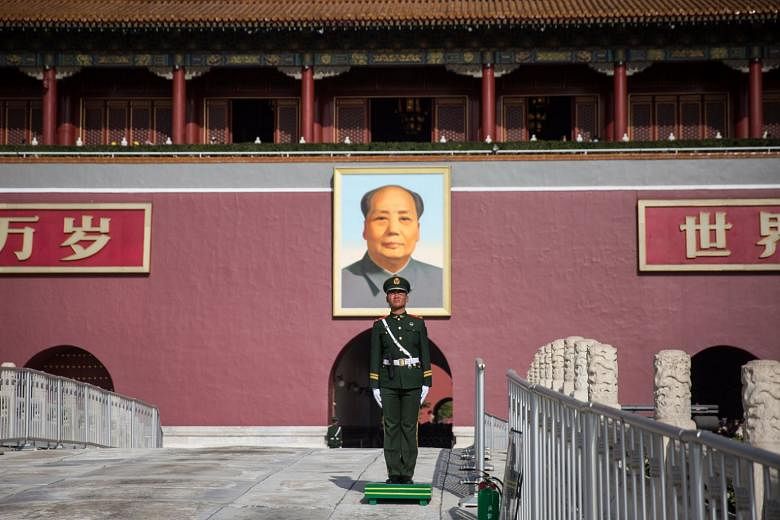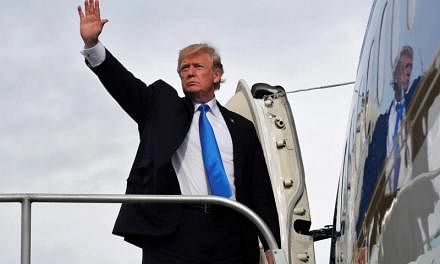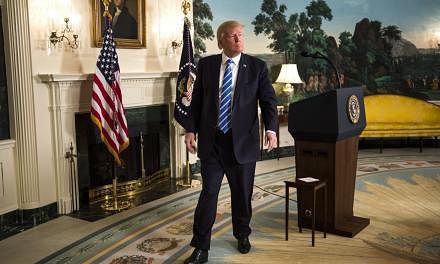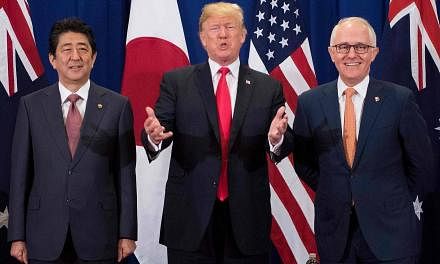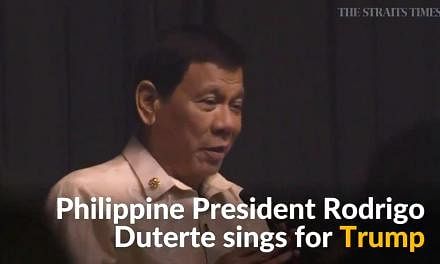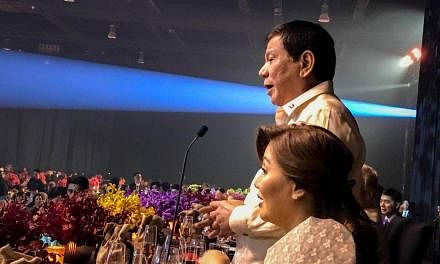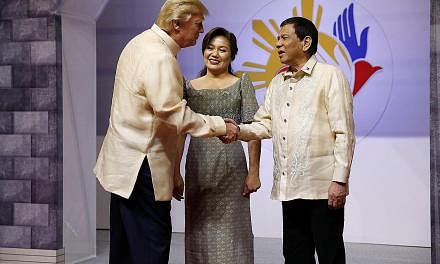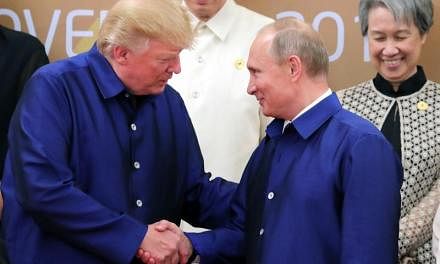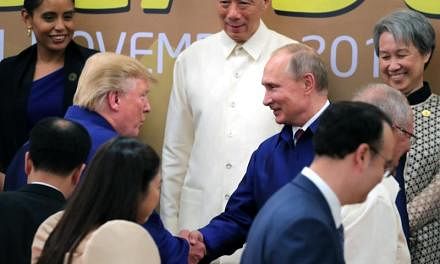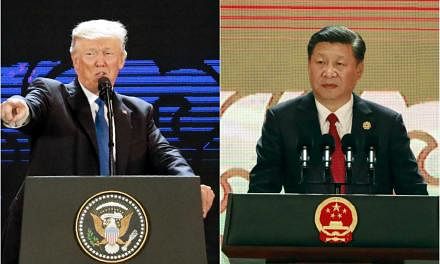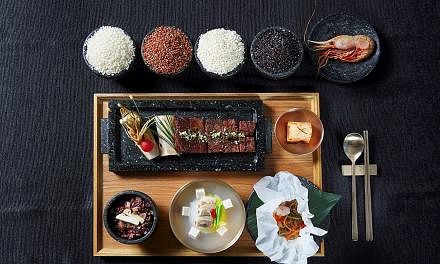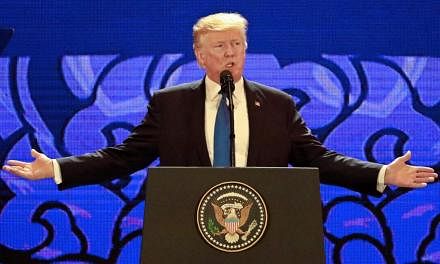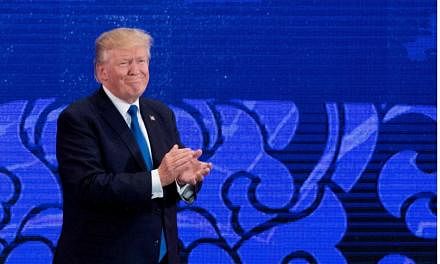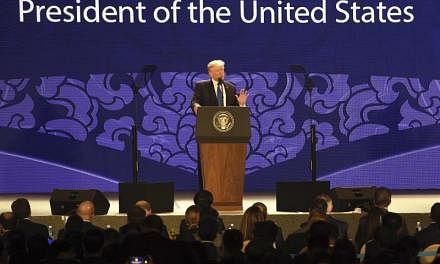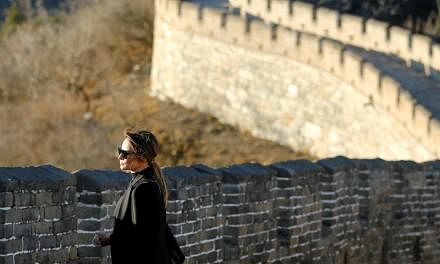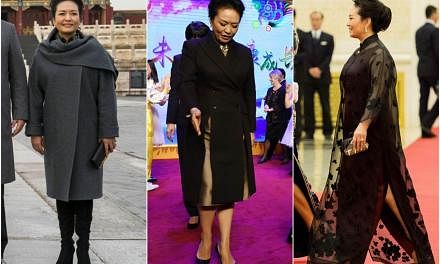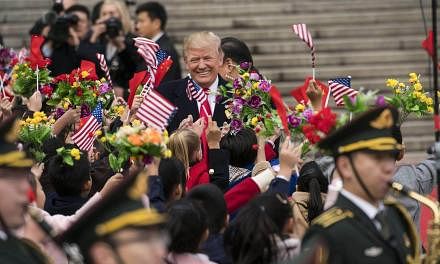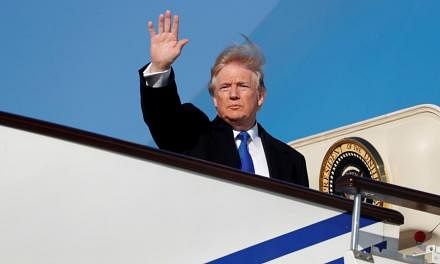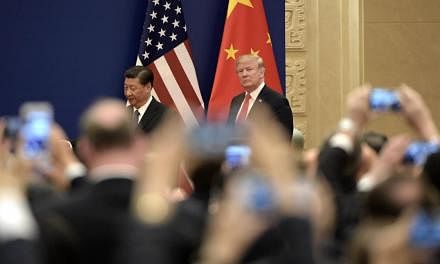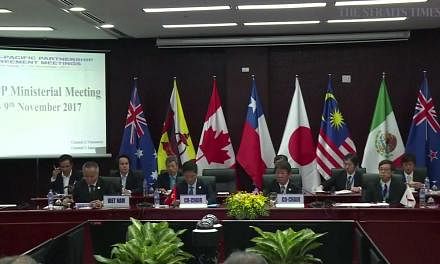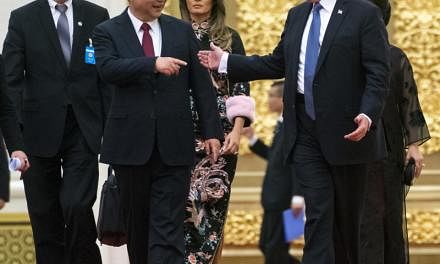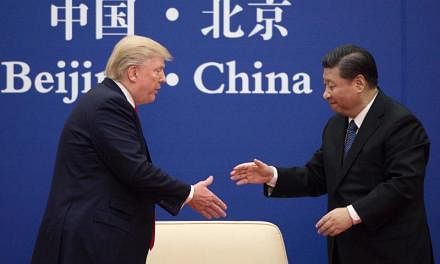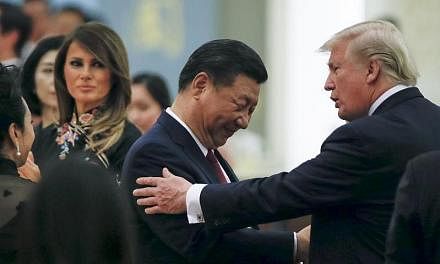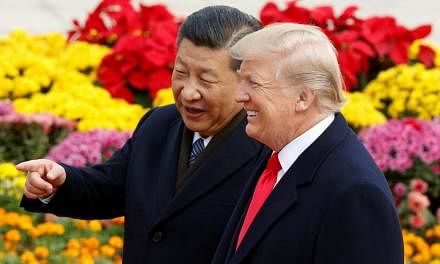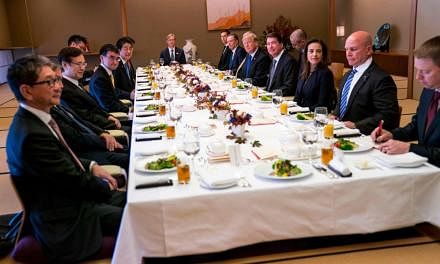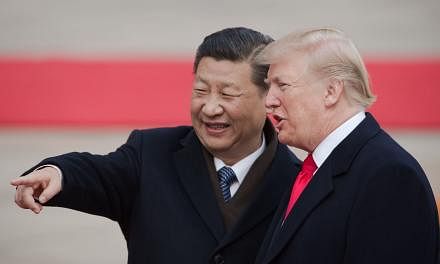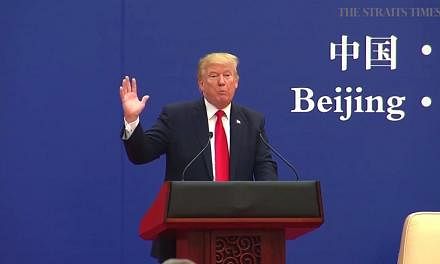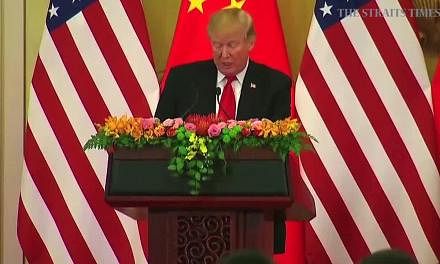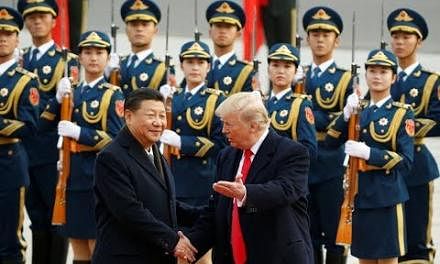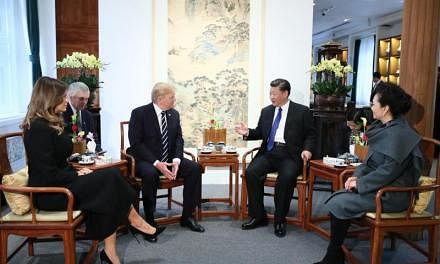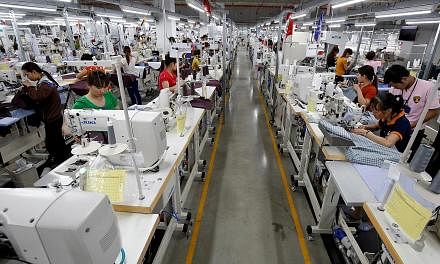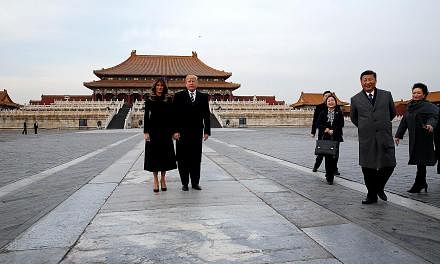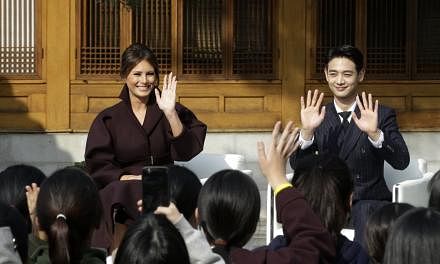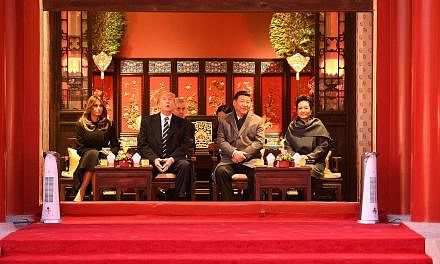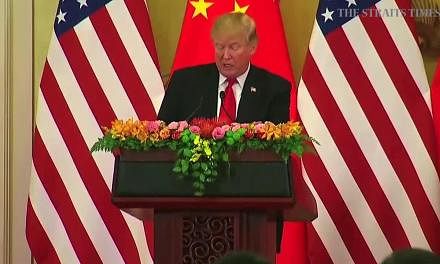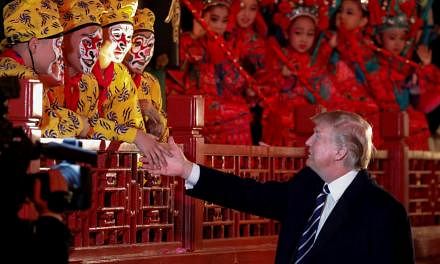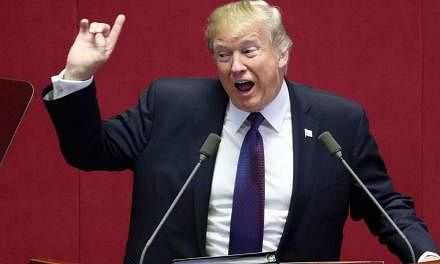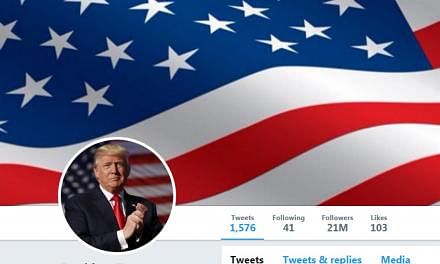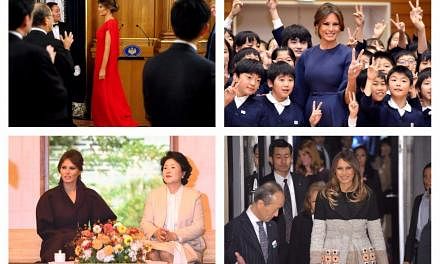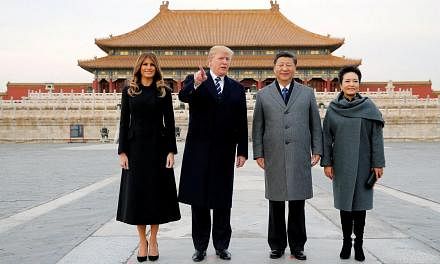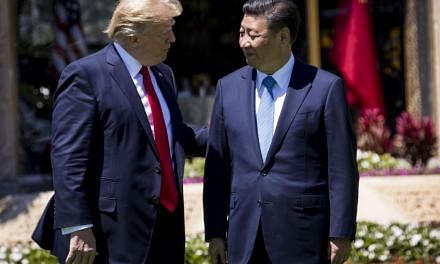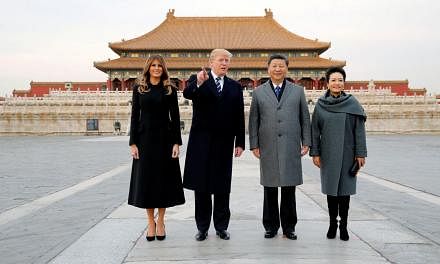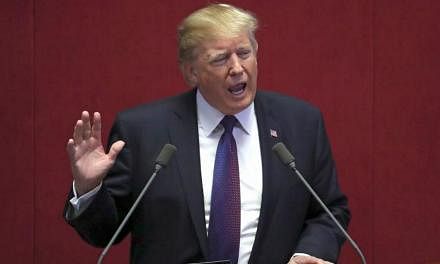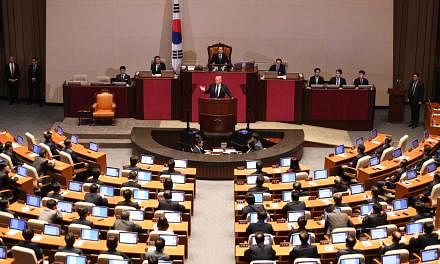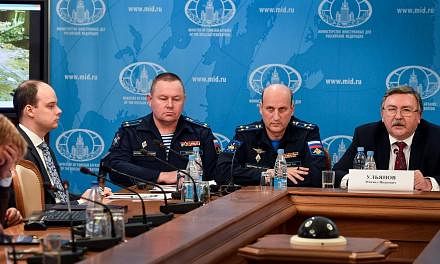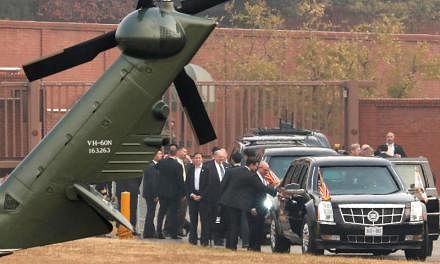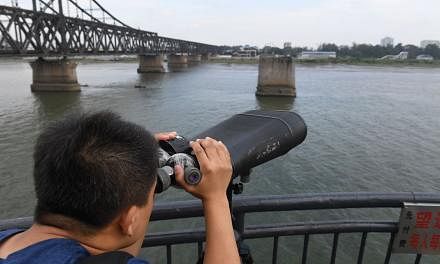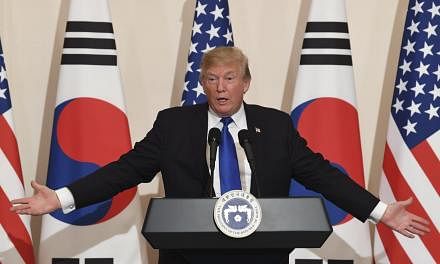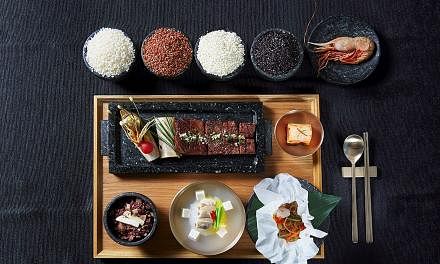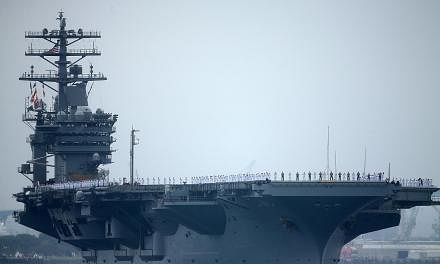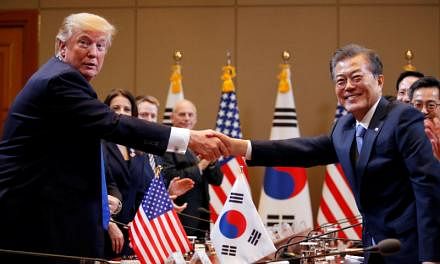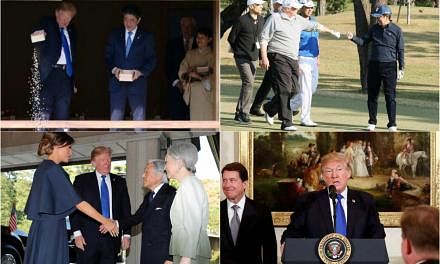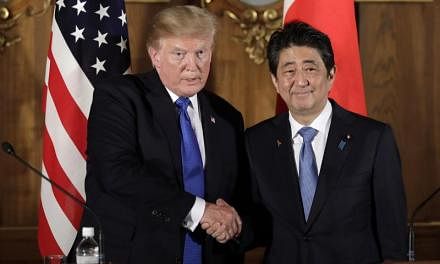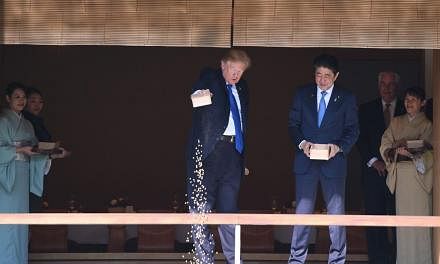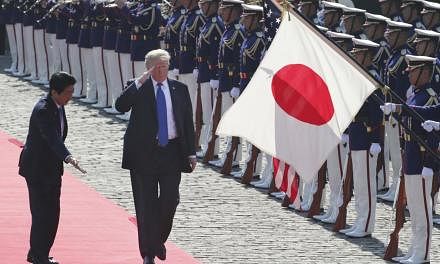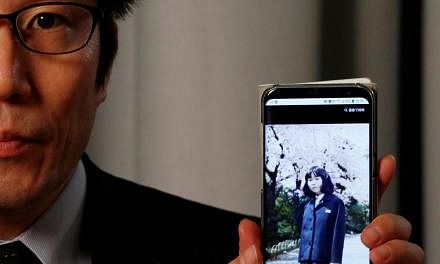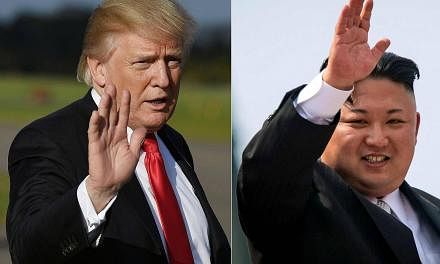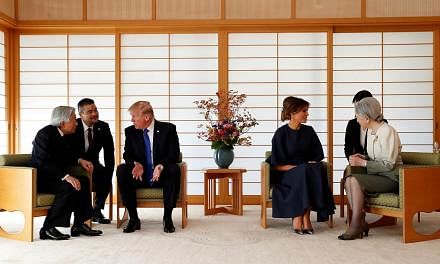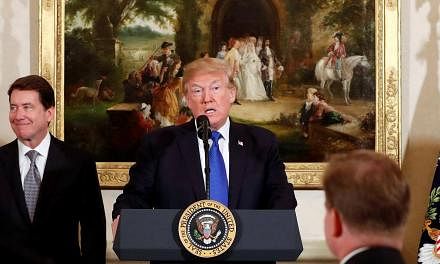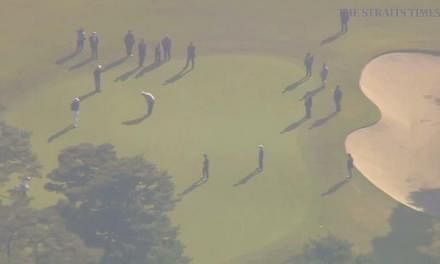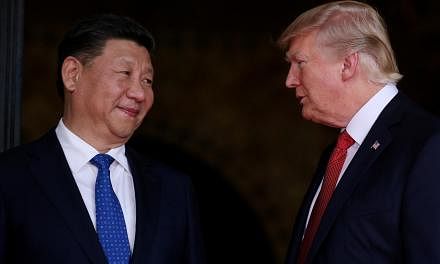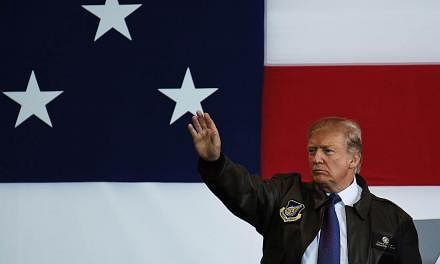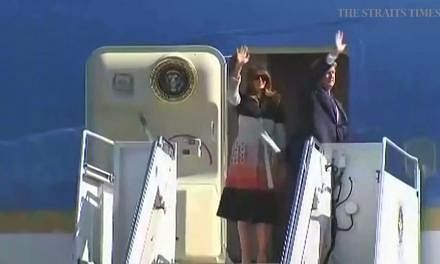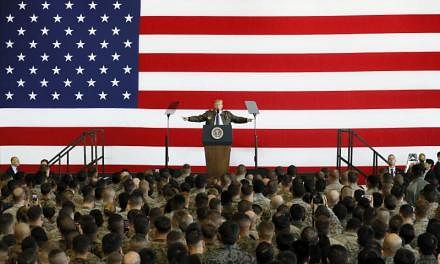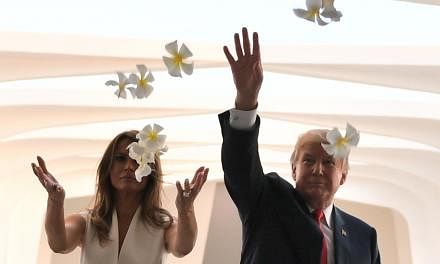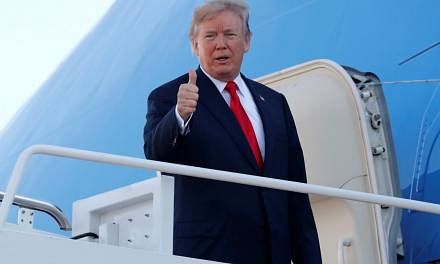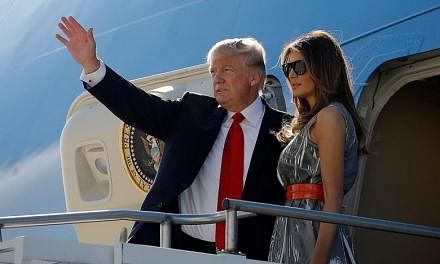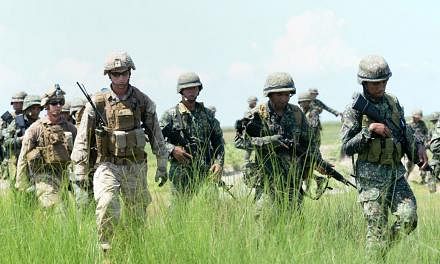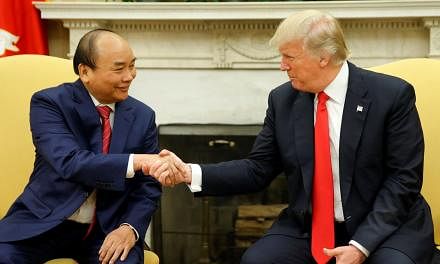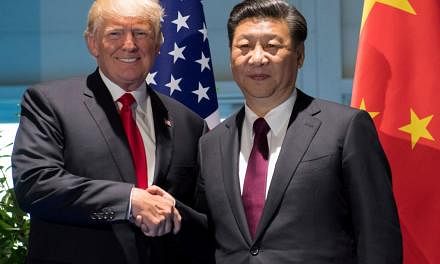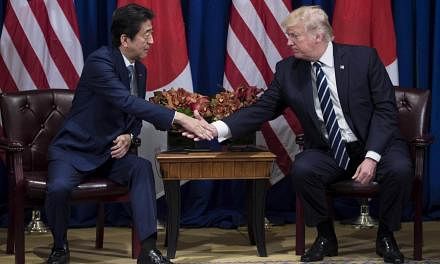BEIJING - A garden symbolising "the last blossoming" of China as a strong empire, set in a restricted part of the Forbidden City, will likely provide the background scenery when China president Xi Jinping throws a banquet for his American counterpart Donald Trump.
Called the West Garden, it was originally built in 1740 - before the founding of the US in 1776 - during the reign of popular Qing-dynasty Emperor Qianlong. The Qing dynasty went into decline soon after Qianlong's reign.
The 4,000 sq m garden, about the size of 10 basketball courts, was Qianlong's favourite retreat, and housed his most precious art collection.
Within the garden, also called the Palace of Established Happiness (Jianfugong), are winding corridors, pebble mosaic paths and 13 structures, including the main building, the three-storey Pavilion of Prolonged Spring (Yanchunge).
Most of the buildings had literally been resurrected from ashes: all but one was burnt down in a fire in 1923, and reconstruction took place only in 2000.
The restoration returned the garden to an idealised state: that of the High-Qing era "at the zenith of the Qianlong reign in the mid-eighteenth century", wrote China historian Professor Geremie R. Barmé of Australian National University. "It is an imaginative moment that bespeaks China's last blossoming as a strong, prosperous and unified empire," he said. "It is a time that appeals now to ambitious bureaucrats, Qing specialists and patriotic compatriots alike."
The architect who oversaw the interior restoration was a Chinese- American, Mr Calvin Tsao.
Even after it was fully restored by 2005, the garden was never opened to the public and was used instead to host the likes of former US President George H.W. Bush and his wife, and former Secretary of State Henry Kissinger, whom Mr Trump consulted shortly before his Asia tour.
Besides the banquet, Mr Xi is also likely to host Mr Trump to tea in Qianlong's personal study, the Hall of Three Rarities (Sanxitang), housed in the left wing where eight Qing emperors lived and ruled their empire. It is so named as it was where Qianlong once kept three prized works of calligraphy from the ancient Eastern Jin Dynasty (316-420).
Today, two of the pieces are in Beijing, with the third in Taipei's Palace Museum collection.
The "hall" is no more than 5 sq m in size, but filled with many treasures. They include a Qianlong era floor-to-ceiling painting created using Western techniques, which underlines the long history China shares with the West.
